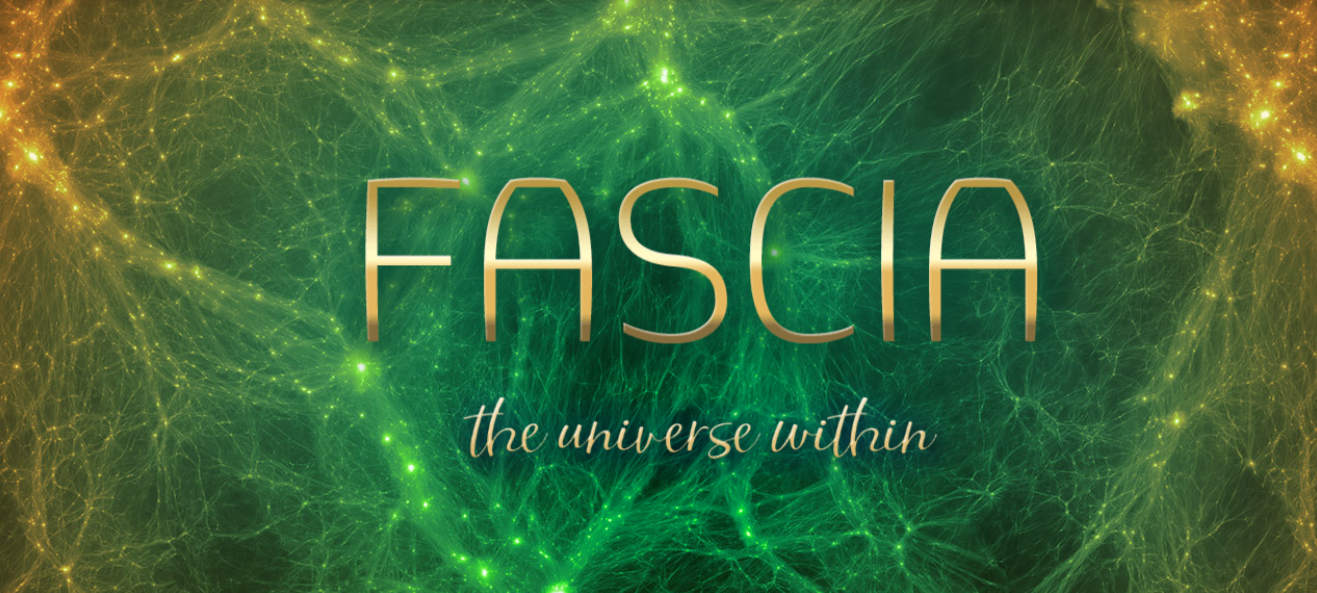Fascia – A Universe Within
Fascia (Latin meaning ‘band or ‘bandage’) is a form of connective tissue that lubricates, organizes and binds the structures within the body.
Fascia has become a buzzword within the fields of holistic medicine, bodywork and movement therapies in recent years due to the interest of research scientists. This intimate study of the fascial system is revealing a fascinating dimension of human anatomy that opens a gateway towards connecting body with mind with emotion, as it deepens and enriches our understanding and treatment of physical pain. This natural interconnected relationship between mind-body-emotions is the core of many ancient healing practices.
There are 3 Types of Fascia:
- Superficial fascia, a fatty layer directly underneath the skin.
- Deep fascia, a layer that can surround individual muscles and groups of muscles.
- Visceral fascia, a layer primarily found in the abdominal cavity.
In the context of bodywork, we are primarily interested in deep fascia, a layer of dense connective tissue that interpenetrates and surrounds the muscles, bones, nerves, and blood vessels of the body. This fascial layer can be visualized as one piece of wrap that literally coats all our inner body parts, providing a tensional network of support and structure for the body. Just like the ligaments, tendons, cartilage, bone and fat in our bodies, fascia consists mainly of collagen and ground substance.
The fascia system is fluid and when it is in optimal operation, the fascia is relaxed and supple, allowing muscles to glide back and forth smoothly.
Deep fascia is essentially avascular but it is richly supplied with nerve endings that report the presence of pain (nociceptors), change in movement (proprioceptors), change in pressure and vibration (mechanoreceptors), change in the chemical milieu (chemoreceptors), and fluctuation in temperature (thermoreceptors). The fascial system can therefore be considered an interconnected secondary nervous system which transmits energy and information from head to toe. With this in mind, we can start to understand why sometimes a pain in one part of our body can spread into other seemingly random unrelated body parts.
Fascial tissue can contract and relax independently of the muscles it surrounds, hence it responds to stress without us knowing it. Physical or emotional trauma, scarring, inflammation, lack of movement or over-use and poor posture can all lead to a thickening of the fascia, making it less pliable and causing restricted movement, unhealthy holding patterns and pain. One way of experiencing this effect is during our night sleep. The body is still…no movement. The fascia naturally thickens. This is why we feel less flexible in the morning and often want to stretch our body upon awakening. In body parts where the fascia remains thickened and contracted we may over time experience chronic pain and lose our ability to move freely.
Fascia also responds to our emotional states and holds on to emotional memories. Eastern healing practices, such as Traditional Chinese Medicine and Acupuncture, have long known about this link between the body’s tissues and our emotions and there is now increasing scientific evidence that indeed sadness, anxiety, pain and past trauma can imbed itself deep into the fascia.
The role of the fascia is to provide a supportive system of “Tensegrity”. The term tensegrity is a combination of the words “tension” and “integrity”. Tensegrity describes the function of the connective tissue in stabilising the skeleton. Without the fascia, our bone structure would simply collapse to the ground as skeletal bones actually float freely and separate from each other rather than being neatly stacked on top of each other. When the fascia is healthy, strain is distributed evenly throughout the entire structure, keeping the body up-right, flexible and pain-free.


